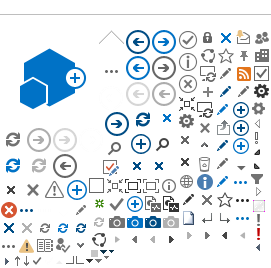The European Space Agency’s Euclid space telescope mission has scouted out the three areas in the sky where it will eventually provide the deepest observations of its mission.
In just one week of observations, with one scan of each region so far, Euclid already spotted 26 million galaxies. The farthest of those are up to 10.5 billion light-years away.
In the coming years, Euclid will pass over these three regions tens of times, capturing many more faraway galaxies, making these fields truly ‘deep’ by the end of the nominal mission in 2030.
The first glimpse of 63 square degrees of the sky, the equivalent area of more than 300 times the full Moon, already gives an impressive preview of the scale of Euclid’s grand cosmic atlas when the mission is complete. This atlas will cover one-third of the entire sky – 14 000 square degrees – in this high-quality detail.
Daniel Waller, General Manager and Vice-President of Teledyne Space Imaging in Chelmsford, Essex said: “Teledyne Space Imaging delivered the detectors for both the VIS and NISP instruments for Euclid. We are humbled by the astonishing detailed results that has been returned so far. The teams here in Chelmsford and in California feel privileged to have made their contribution to this scientific endeavour of understanding our universe.”
Teledyne Space Imaging in Chelmsford delivered 36 visible CCD273-84 (4k x 4k) and the team in California delivered 16 infrared H2RGs (2k x 2k) detectors for the Euclid mission.
Click here to read the full release from UK Space Agency.
Click here to watch ESA's video of Euclid.
